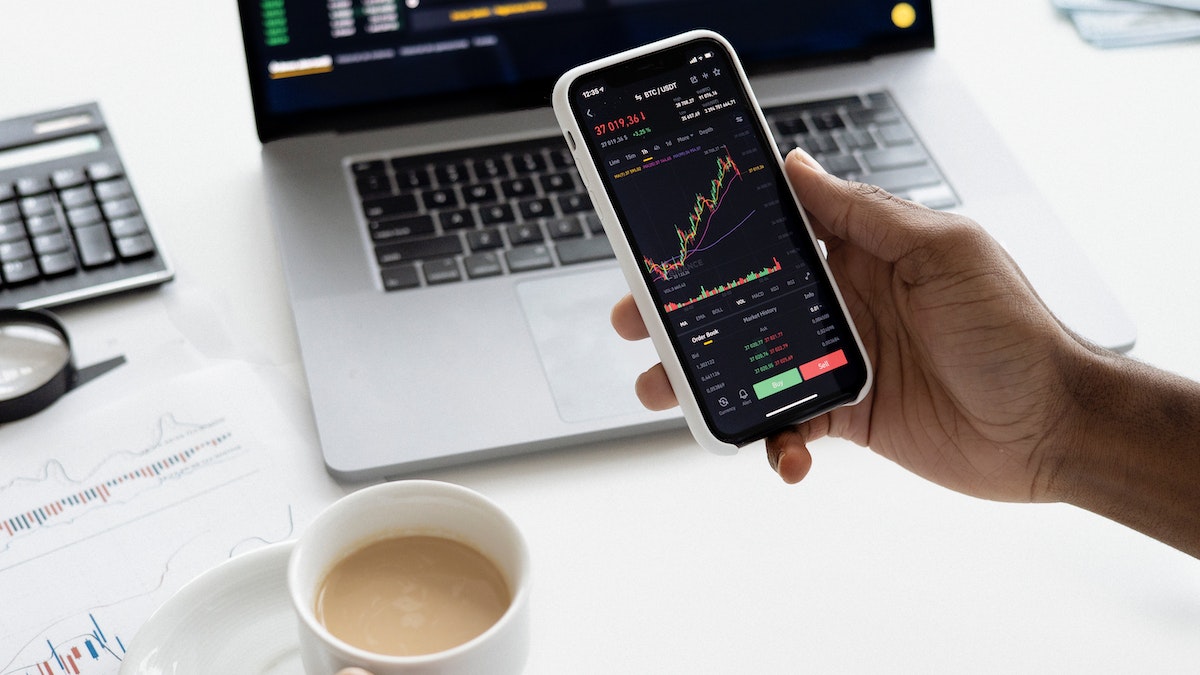If you’re looking to get started in the world of CFD trading, you’ll need to first learn about the basics of this investing. We’ll discuss the fundamentals of CFD trading and provide a few tips to help you get started.
What are Contracts for Differences (CFDs)?
A contract for difference (CFD) is a type of derivative financial instrument that allows two parties to agree to exchange the difference in the value of an underlying asset at the contract’s expiration date. The underlying asset can be anything from shares, commodities, indices, or currency pairs.
For example, let’s say you believe that Company XYZ’s stock price will rise over the next month. You could enter into a CFD contract with another trader who believes the stock price will fall. If the stock price does rise as you predicted, you will make a profit on the trade. Conversely, if the stock price falls, you would incur a loss.
It’s important to note that CFDs aren’t traded on exchanges like traditional investments. Instead, they are traded over-the-counter (OTC) between two parties. The rules and regulations governing CFDs can vary from country to country.
What are the benefits of trading CFDs?
CFD trading offers many advantages, making it an attractive option for many investors. First, CFDs are leveraged products, meaning you can trade with a much smaller amount of capital than you would need to buy the underlying asset outright. It allows you to magnify your profits – or losses – as the case may be.
Another benefit of CFD trading is that you can go short or long on a particular asset, which gives you greater flexibility compared to traditional investing. For example, if you think that the price of a stock is going to fall, you can enter into a short position and make money as the price falls.
CFD trading also allows you to trade on margin. It means you can put up a small amount of capital and borrow money from your broker to trade. The amount of leverage you can get will vary from broker to broker, but it can be pretty high. Be aware that this also amplifies your potential losses – so use margin cautiously.
What are the risks associated with CFD trading?
Like all forms of investing, there are risks involved in trading CFDs. One of the most significant risks is counterparty risk. It is the risk that the other party in the contract will not be able to fulfil their obligations. It can happen for many reasons, including financial difficulty or bankruptcy.
Another significant risk is liquidity risk. It is the risk that you will not be able to find a buyer for your CFD when you want to sell it. It can occur if there is low liquidity in the market for the particular asset you’re trading.
Other risks include:
- Market risk (the risk that the underlying asset’s price will move against you).
- Leverage risk (the risk that your position will be liquidated if the price moves against you).
- Margin call risk (the risk that your broker will demand additional collateral if your position deteriorates).
How can you get started with CFD trading?
If you’re interested in getting started with CFD trading, the first step is finding a broker offering CFDs. Once you’ve done that, you’ll need to open an account and deposit some funds.
It’s important to remember that CFD trading is a risky endeavour. Be sure to educate yourself about the risks before putting any money on the line. And always trade with caution, using stop-loss orders and limiting your leverage. Doing so will help you minimise your risk and give you a better chance of success.


